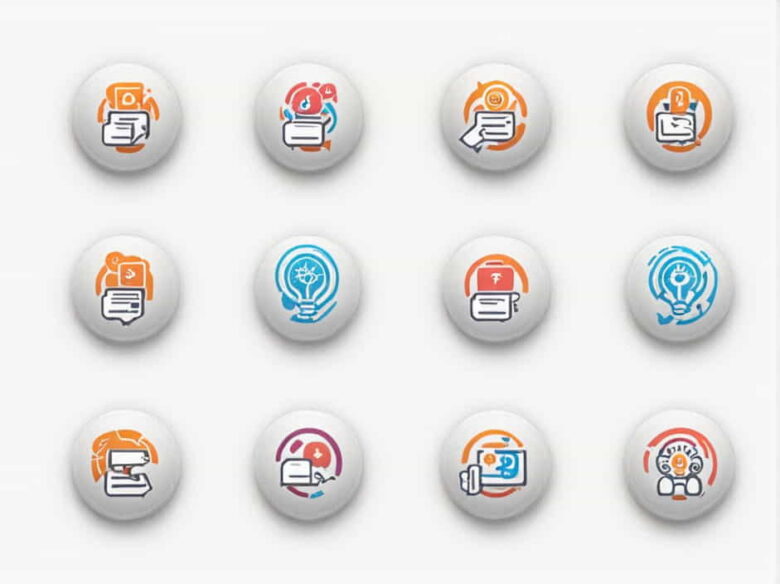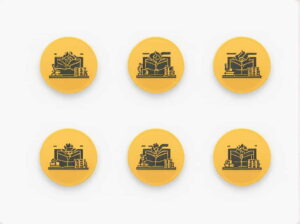Emphatic stress is one of the important aspects of the JAMB Use of English examination that often confuses students. Many candidates lose valuable marks because they do not fully understand how to identify and answer emphatic stress questions correctly.
we will break down what emphatic stress is, how to recognize it in questions, and the best strategies to answer such questions. By the end, you will have a clear understanding of how to tackle these questions in JAMB and improve your performance in the English section.
What Is Emphatic Stress?
Emphatic stress refers to the placement of extra emphasis on a specific word in a sentence to highlight its importance. When a speaker stresses a word, they want to draw attention to that part of the sentence, usually to correct misinformation or clarify meaning.
For example:
- John bought a blue car.
In this sentence, the word blue is emphasized. This means that John did not buy a red, white, or black car he specifically bought a blue car.
In JAMB exams, questions on emphatic stress test your ability to identify the correct response to a given statement with emphasis.
How JAMB Tests Emphatic Stress
JAMB typically presents an emphatic stress question in the following way:
- A statement is given with emphasis placed on a particular word.
- You are asked to choose the correct response that contradicts or questions the emphasized word.
For example:
- Statement: The teacher gave the students a difficult test.
- Question: A. Did the teacher give the students a test?
B. Was the test difficult? ?
C. Did the students fail the test?
D. Did the teacher mark the test?
In this case, the emphasis is on difficult, so the correct answer should question or challenge that word (B. Was the test difficult?).
Steps to Answer Emphatic Stress Questions in JAMB
1. Identify the Emphasized Word
The first step in answering emphatic stress questions is to find the word that is stressed in the sentence. This word is often in bold, capital letters, or italicized in the exam.
Example:
- My brother won the race yesterday.
The emphasized word is won, meaning the focus is on the fact that he was the winner.
2. Understand the Meaning of the Sentence
After identifying the stressed word, understand what the sentence is saying. The key is to recognize why that word is emphasized and what information it highlights.
3. Choose the Correct Response that Challenges or Contradicts the Emphasized Word
The correct answer should be the option that directly questions or contradicts the emphasized word, without changing the meaning of the entire sentence.
For instance:
- Statement: The mechanic fixed the red car.
- Question:
A. Did the mechanic fix the car?
B. Was the car red? ?
C. Did the mechanic paint the car?
D. Was the car expensive?
Here, the correct answer is B. Was the car red? because it directly challenges the emphasized word red.
4. Eliminate Wrong Answer Choices
Some answer choices may seem correct but do not actually challenge the stressed word. Be careful not to fall for tricky options.
Lets analyze another example:
- Statement: Mary cooked rice for dinner.
- Question:
A. Did Mary cook beans for dinner?
B. Did Mary eat rice for dinner?
C. Did Mary cook rice for lunch?
D. Did Mary cook rice for dinner? ?
The correct response is D. Did Mary cook rice for dinner? because it challenges the emphasis on the word cooked (suggesting maybe she did not cook it but bought it).
Common Mistakes Students Make in Emphatic Stress Questions
1. Choosing an Option That Does Not Challenge the Emphasized Word
Many students pick an answer that asks about a general part of the sentence rather than the specific word that is emphasized.
- Wrong Example:
Statement: The manager arrived at the office early.- Incorrect Response: Did the manager arrive early? ?
- Correct Response: Did the manager arrive at the office? ?
2. Getting Distracted by Other Words in the Sentence
Some candidates focus on other parts of the sentence rather than the emphasized word. Always make sure your answer is related to the stressed word only.
3. Falling for Trick Questions
JAMB sometimes includes tricky options that are partially correct but do not challenge the emphasis. Always read carefully and apply logical reasoning.
Practice Questions on Emphatic Stress
Try answering these questions to test your understanding:
-
Statement: My sister bought a new dress yesterday.
-
- Did your sister buy a new dress yesterday?
-
- Did your sister sell a new dress yesterday?
-
- Did your sister buy a new bag yesterday?
-
- Did your sister wear a new dress yesterday?
Correct Answer: A. Did your sister buy a new dress yesterday?
-
-
Statement: The concert was held at the stadium last night.
-
- Was the concert held at the stadium last night?
-
- Was the concert held at the hall last night?
-
- Was the concert held at the stadium this morning?
-
- Did the concert take place last night?
Correct Answer: B. Was the concert held at the hall last night?
-
-
Statement: James drove to Lagos last week.
-
- Did James drive to Lagos last week?
-
- Did James fly to Lagos last week?
-
- Did James visit Lagos last week?
-
- Did James drive to Lagos yesterday?
Correct Answer: B. Did James fly to Lagos last week?
-
Final Tips for Answering Emphatic Stress Questions in JAMB
- Practice regularly to become familiar with different question patterns.
- Always read the sentence carefully and identify the stressed word before looking at the answer options.
- Avoid distractions and focus only on the word that is emphasized.
- Use the process of elimination to remove wrong choices.
- Dont overthink the question choose the answer that directly challenges the emphasized word.
Understanding how to answer emphatic stress questions in JAMB is an important skill that can help you increase your overall score in the Use of English section. By carefully identifying the stressed word and selecting the correct response that challenges it, you can confidently tackle these questions.
With practice and the right strategies, you can master emphatic stress and improve your chances of success in the JAMB exam. Good luck!



